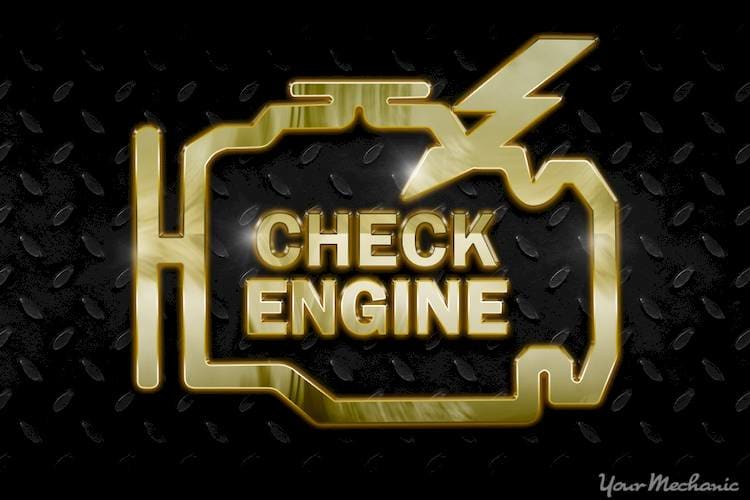P2097 code definition
P2097 is a general OBD-II diagnostic trouble code that indicates a fault with the post catalyst fuel trim system being too rich in bank 1. This code may be seen with misfire, lean, or rich codes as well.
What the P2097 code means
The engine control module (ECM) uses the second oxygen sensors to measure the exhaust after it has passed the catalytic converter. If everything is working properly, the catalytic converter should burn off any excess emissions and the fuel trim should be within range. When the oxygen sensors after the catalytic converter relay to the ECM that the fuel trim is too rich, then the P2097 code is set. A Check Engine Light will accompany the P2097 code as well as a failsafe mode. The failsafe mode will remain until normal operation is found or the fault is resolved.
What causes the P2097 code?
Commonly these items are the cause of the P2097 code:
- Exhaust leak near the downstream oxygen sensor
- Catalytic converter failure
- Faulty oxygen sensor
- Oxygen sensor that is reading poorly
What are the symptoms of the P2097 code?
The symptoms can vary greatly due to the many different causes:
- Check Engine Light visible on the dashboard
- Lean condition
- Rich condition
- Engine misfires
- Lack of power
- No felt symptoms at all
- Engine that stalls when started
How does a mechanic diagnose the P2097 code?
A mechanic will begin by hooking up a scan tool and checking for any codes stored in the ECM including history and pending codes. Note all codes found in addition to the freeze frame data. Then all codes will be cleared and a test drive performed.
Next, a visual inspection will be done to look for any obvious signs of damage or broken components. The scan tool will then be used to check the oxygen sensor readings and compare them between banks, then the long-term fuel trims will be observed while the throttle is operated. The vehicle will then be raised and inspected for exhaust leaks. Lastly, the catalytic converter will be tested.
Common mistakes when diagnosing the P2097 code
Common mistakes can be made when the catalytic converter is blamed but the fault actually lies with an oxygen sensor that is reading faulty. Step-by-step diagnosis is important to make accurate repairs. Steps should be followed in the proper order without skipping any.
How serious is the P2097 code?
The P2097 code can have no symptoms or may have an engine that will not run. If drivability concerns are present, the vehicle should not be driven until the vehicle is repaired.
What repairs can fix the P2097 code?
Simple repairs such as these can fix the P2097 code:
Exhaust leaks are generally fairly simple to find. There are two simple tests for them. The first is to inspect the exhaust and look for any soot marks or places where the exhaust is very dark. These are easy to see and indicate an exhaust leak.
To find smaller leaks, the technician will run their hands near the exhaust while the vehicle is running to feel for the air leaking out. Caution should be taken when the last test is done as the exhaust can cause burns.
Need help with a P2097 code?
YourMechanic offers certified mobile mechanics who will come to your home or office to diagnose and repair your vehicle. Get a quote and book an appointment online or speak to a service advisor at 1-800-701-6230.
Check Engine Light
trouble codes
P2097





